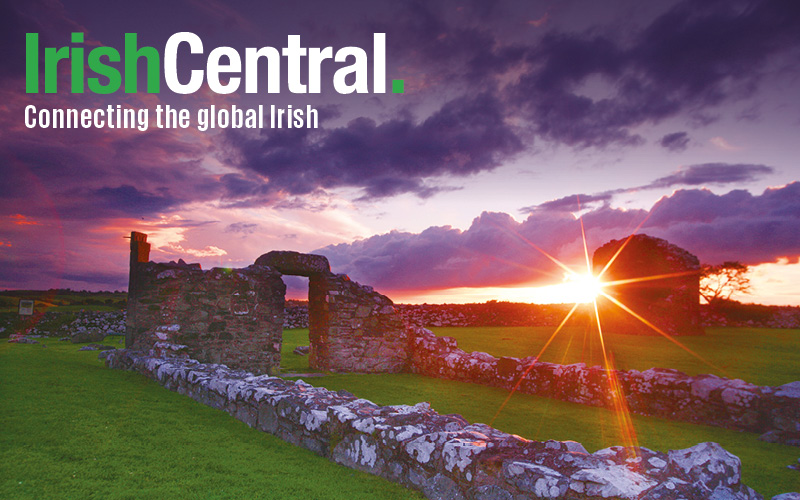Northern Irishman David Taylor is glad he did not take his wife’s advice to throw a dirty metal ring in the trash. The bracelet shaped object is a rare Viking piece dating between 950 and 1100 AD. It is thought to have originated from Shetland or the Orkney islands.
He said “She thought it was a bull ring and said ‘throw that in the bin.’” He added, “I just knew by the shape of it, it was something.”
Taylor found the object when he was helping his brother clear stones in his field near Kircubbin on the Ards peninsula. He washed it and phoned the local museum to ask for advice. A special treasure trove inquest hearing at Belfast coroner’s court ruled that it is a rare silver Viking arm ring. Experts from the UK Treasure Valuation Committee will evaluate the ring.
A haul of Viking silver and jewelry which included cups, bracelets, and coins, was valued at more than a million pounds in 1998. The special inquest hearing found that Taylor’s piece is up to 90% silver. The high silver content of the object contributed to researchers’ conclusion that the object was of Viking origin.
Archaeologist John Sheehan from University College Cork said that the field is near the remains of a medieval church and religious sites were often used as storage places for valuable items. Clashes between the Vikings and Irish were common. The Independent quoted Sheehan’s thoughts on the artefact, “Maybe it fell into Irish and as a result of that ended up deposited for safe-keeping at a church site but then got lost.”
Experts believe the object may have been used as currency before the Vikings instituted a system of coinage.
The Vikings arrived in Ireland at the end of the 8th century. Vikings attacked monasteries at Bangor, Downpatrick and Molliva in 832. Monasteries held great wealth including valuable metalwork, books and cattle. They established a permanent base near the river Liffey, which later became Dublin. In 970 an alliance was formed between the Vikings and the Irish.




Comments